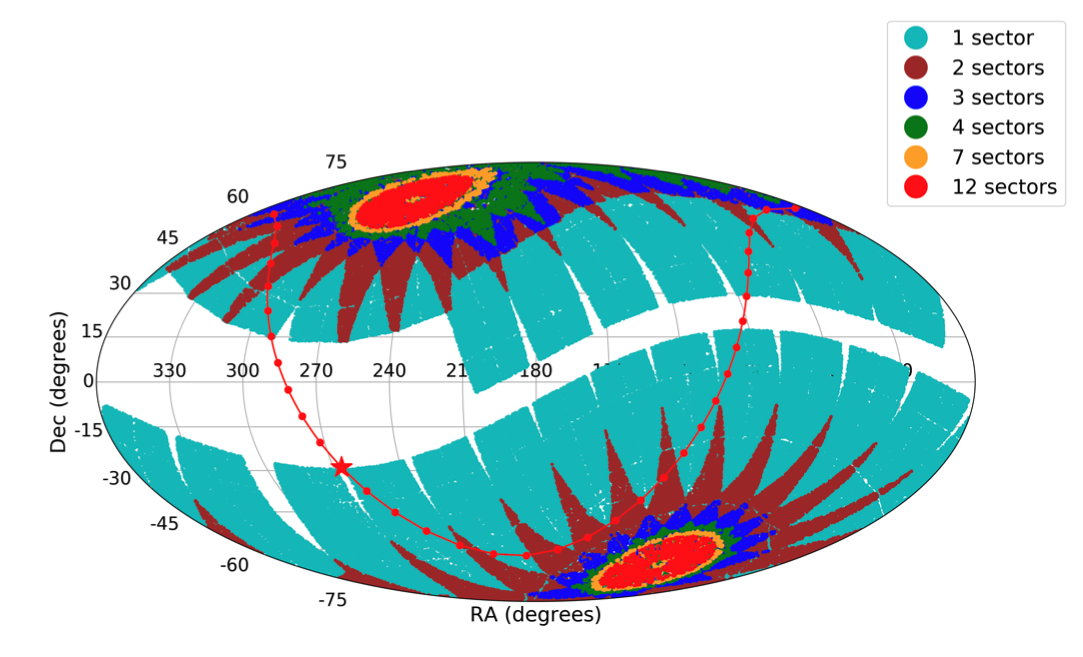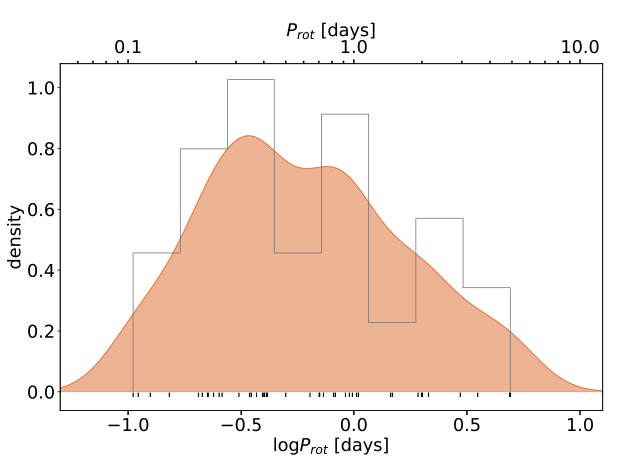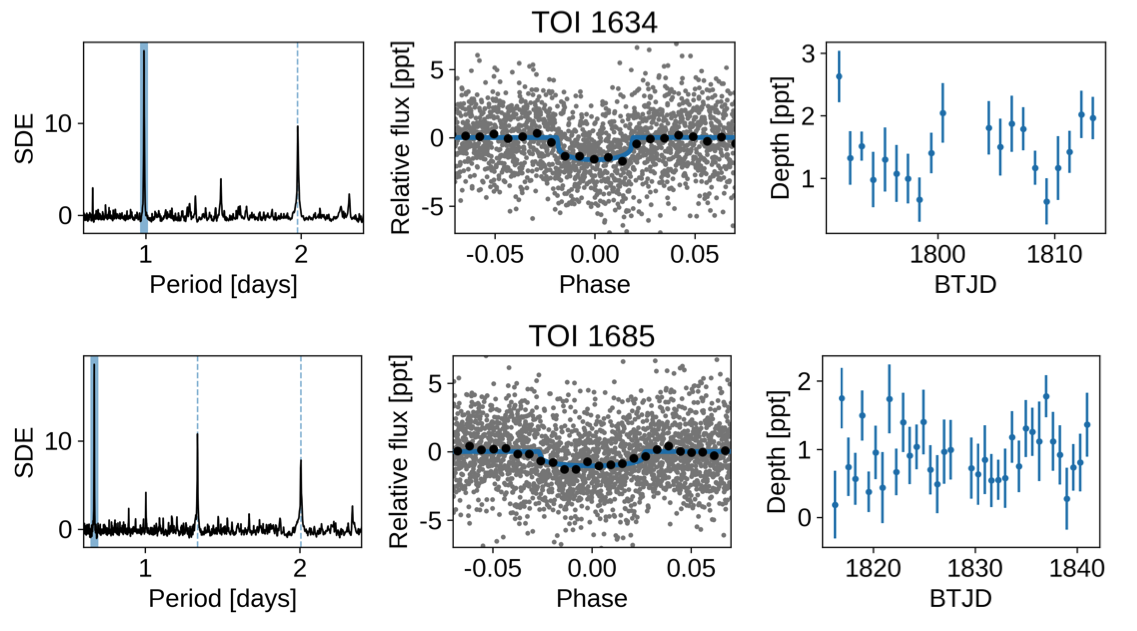STATUS UPDATE: Registration is now open for the TESS Science Conference II
Hello TESS followers and welcome to this weeks news bulletin. This week we have three papers from the archive, enjoy!
The TESS Objects of Interest Catalog from the TESS Prime Mission (Guerrero et, al., 2021):
This paper presents the 2,241 exoplanet candidates identified by TESS during its primary mission. These objects are all listed within the TESS Object of Interest (TOI) catalog which includes all new planet candidates discovered by TESS and previously-known planets recovered by TESS observations.
This paper discusses the process that is used to identify TOIs and how to investigate the characteristics of the candidate planets found. The paper also discusses some of the more interesting TESS planet discoveries.
The paper goes on to address the large number of small planet candidates around nearby bright stars that are perfect for detailed follow-up observations.
Activity of TRAPPIST-1 analogue stars observed with TESS (Seli et, al., 2021):
More and more exoplanets are being discovered around ultracool dwarfs, as such understanding their magnetic activity and so their implication for habitability is of vital importance. Continuous monitoring by a facility such as TESS is required to study these stars for flares and starspots.
The paper goes on to present an analysis of TRAPPIST-1 like ultracool dwarfs using TESS FFI data from the prime mission. The sample consists of 339 stars which are closer than 0.5 mag to TRAPPIST-1 on the Gaia colour-magnitude diagram. Of these data 248 stars were analyzed for flares and rotational modulation caused by starspots, resulting in 94 flare detections. The composite flare frequency distribution shows a power law index similar to TRAPPIST-1, and contains flares up to ETESS=3×1033 erg.
Rotational periods shorter than 5 days were also determined for 42 stars, which samples the regime of fast rotators.
For 88 stars in the sample the ages were estimated using kinematic information and a weak correlation between rotational periods and age was observed - consistent with magnetic breaking. Please read this paper for more information.
Two Bright M Dwarfs Hosting Ultra-Short-Period Super-Earths with Earth-like Compositions (Hirano et. al., 2021):
This paper presents the observations of two bright M-dwarf stars, TOI-1634 and TOI-1685, which have J-band magnitudes between 9.5 - 9.6, and similar masses, temperatures, and radii. These stars are thought to be ultra-short period (USP) planet candidates, and were identified by TESS,
Using both space and ground-based photometry, orbital periods of P = 0.9893457 day and P = 0.6691425 day were determined for TOI-1634 b and TOI-1685 b, respectively. Radial velocity measurements from the IRAD Spectrograph on Subaru were then used to confirm the planetary nature of the objects and the masses measured as 9.94 M⊕ for TOI-1634b and 3.84 M⊕ for TOI-1685 b. The radii of the planets wee determined as Rp=1.773 R⊕ for TOI-1634 b, and 1.463 R⊕ for TOI-1685 b.
Combining the radii and masses of the planets these USP objects have mean densities consistent with an Earth like internal composition, which is typical for small USP planets. See this fascinating paper for more information, including the discussion of a possible secondary planet in the TOI-1685 system.

Fig. 1: Taken from Guerrero et, al., (2021). The TESS two-year target observation map. Each point in this map represents a target observed at two-minute cadence. The color of the dot represents the number of times it was observed. The U-shaped red curve shows the galactic plane, with the position of the galactic center shown by the red star. Over the course of its two-year primary mission, TESS observed 26 sectors for approximately 27 days each, covering ∼ 70% of the sky. See the paper for more information

Fig. 2: *Taken from Seli et, al., (2021). Rotational period distribution of the sample with TESS. The one-dimensional kernel density estimation plotted with orange is calculated with a Gaussian kernel with bandwidth of 0.15. The black ticks show the individual period values. We note that due to the 27 d baseline of TESS sectors, only periods below 5 d were kept.

Fig. 3: Taken from Hirano et. al., (2021). TLS transit signal detections for TOI-1634 (top) and TOI-1685 (bottom). The left panels show SDE vs. orbital period; the middle panels show the data folded on the detected period with the TLS model in blue, binned data in black; the right panels show the individual transit depths.